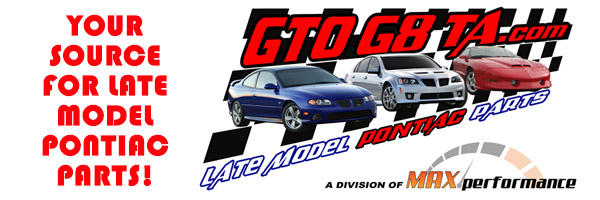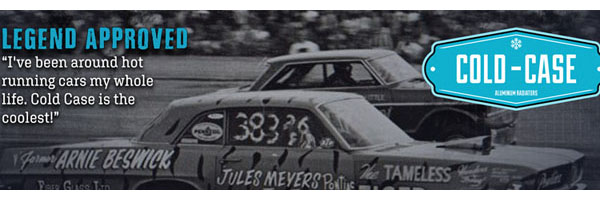The carbon fiber nylon is pretty good, helps a lot stabilizing it dimensionally and prevents creep under constant load. Nylon has to be handled carefully when printing it because it absorbs so much moisture, which then flashes to steam in the print head which creates a nylon foam

So they have inexpensive "dryers" to store the spools and you can feed the printer right from the dryer.
Don't think teflon is possible ... in fact some printer "hot ends" actually have teflon in them, just way too high a melting point. Although .... as a particle composite like you suggest ... yeah, I'd say that's possible .... as it's done with tiny carbon fiber strands.
Basic list of what you can print with a sub $1000 machine.
ABS (and various filled variants)
PLA (quick easy, not suitable for most engineering requirements)
ASA (similar to ABS but with UV resistance)
PET
PETG (what I use most, prints easy, more impact and temp resistant than PLA)
PC (very clear, good to 150C )
PEEK, PEKK, ULTEM (require a high end printer)
PP
Nylon (numerous composite formulas)
TPU (which I use a lot, basically like rubber but better)
Tons of formulas out there for specific purposes and more coming out monthly. Now that 3D printing is being done commercially in the transportation, medical industry and such, the big chemical companies are getting involved and bringing their resources, I expect great advancements to be made in the available filaments.
When you think about it ... way easier to print something than create the molds and do injection molding. I'm absolutely amazed by what I can now do sitting right at my desk with the printer behind me. Don't even like to think about the thousands of hours I've spent designing some stupid bracket or spacer or something and then machining it. Now I can just draw it up (which I'd have to do anyway) and print it to within about .003-.005" accuracy.









![https://forums.maxperformanceinc.com/forums/attachment.php?attachmentid=585876&stc=1&d=1646964 761[SIGPIC]](image.php?s=18f5786d96ae4eaca560e560ed367cdd&u=186522&type=sigpic&dateline=1660940081)


 Linear Mode
Linear Mode



